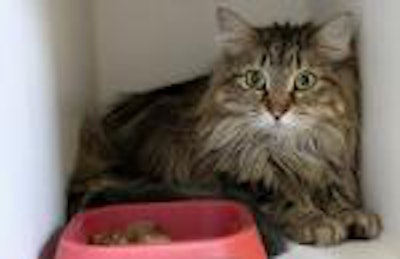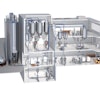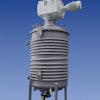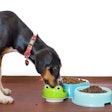
Cat owners in Japan are embracing superpremium cat food, reported Nikkei Asian Review, helping the cat food market to become 30 percent larger than that for dog food. Japan’s cat food market grew four percent in 2016, while the dog food market fell two percent, according to an industry analyst at Tokyo-based research firm Fuji Keizai quoted in the article. Products marketed as luxury or premium led that growth in the cat food market.
Fuji Keizai’s analyst forecast that Japan’s cat food market will grow three percent through 2018. Increasing average prices per unit of cat food may contribute to this growth.
Premiumization in the Japanese cat food market
Beyond simply human-grade ingredients, Japanese superpremium cat food now uses ingredients that people consider luxuries. For example, sashimi-grade tuna, meaning it was caught on by hook and line then spiked in the brain immediately upon being landed by the fisherman, now ends up in cat food too, according to the report.
Although these high-grade ingredients come with a high price tag, cat owners buy them as small luxuries for the felines they view as family. The Kaiseki series from Tokyo-based Nisshin Petfood includes cat foods made with bonito from Makurazaki, in Kagoshima Prefecture and sardines from the Goto Islands of Nagasaki Prefecture, among other premium ingredients. These products sell for 810 yen (US$7.23) per 800-gram container, four to five times more than conventional cat foods.
Fewer dogs, more cats kept as pets in Japan
The rise of cat food over dog food in Japan may be part of a long-term trend. In the five years before 2014, the number of dogs kept as pets in Japan fell 13 percent, from almost 12 million in 2010 to just over 10 million in 2014, according to a survey conducted by the Japan Pet Food Association. During the same period, the country’s human population fell too, but only by 0.8 percent. The number of cats kept as pets in Japan, however, rose nearly 4 percent to almost 10 million.
Japan’s housing options and quickly changing lifestyles may be to blame for the decline in the number of dogs. Twenty-five percent of the survey’s respondents said they lived in a building where dogs were prohibited.


















